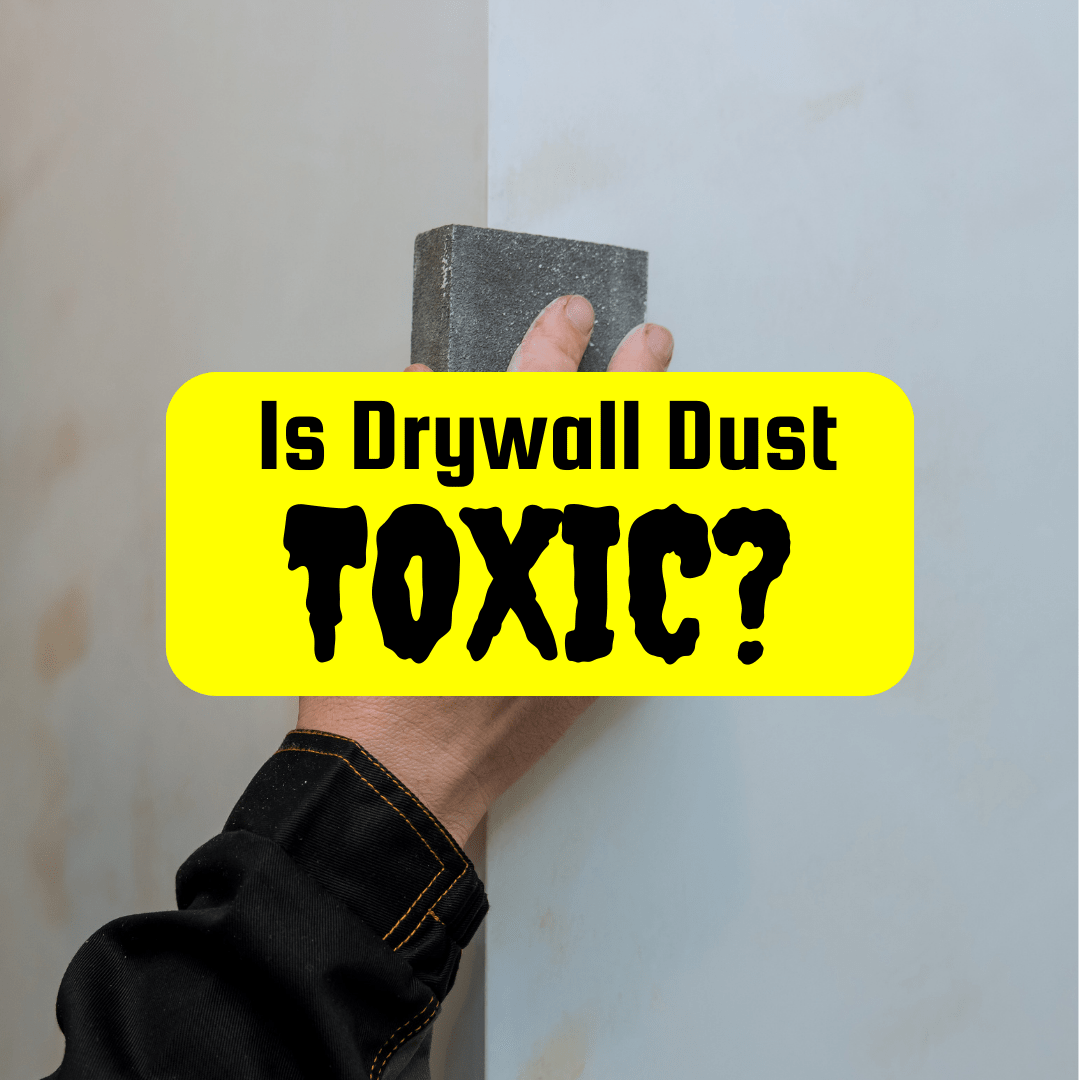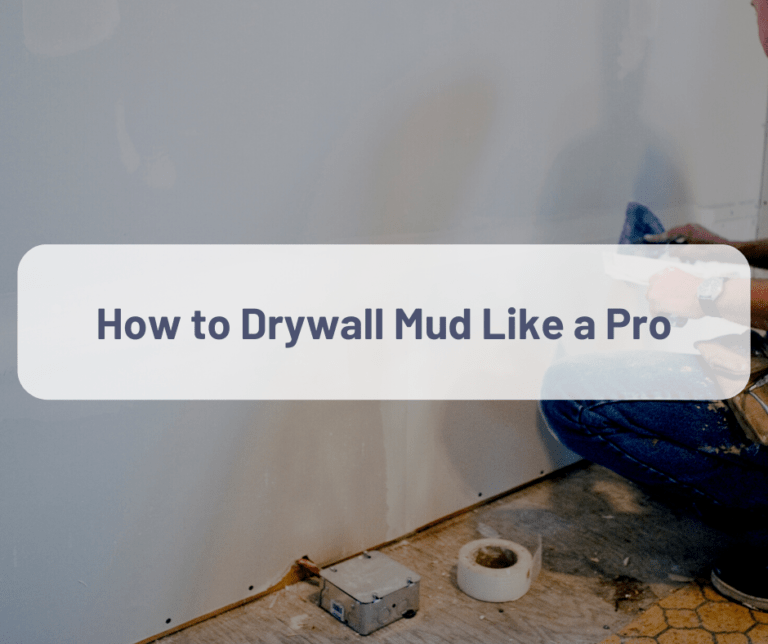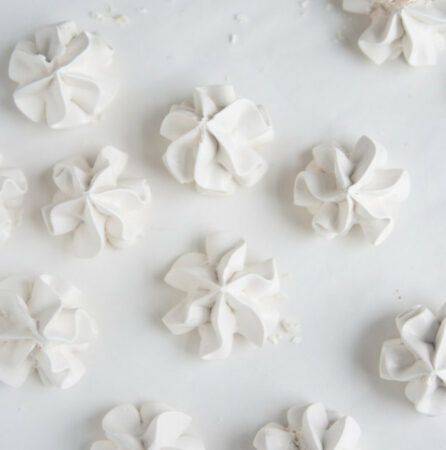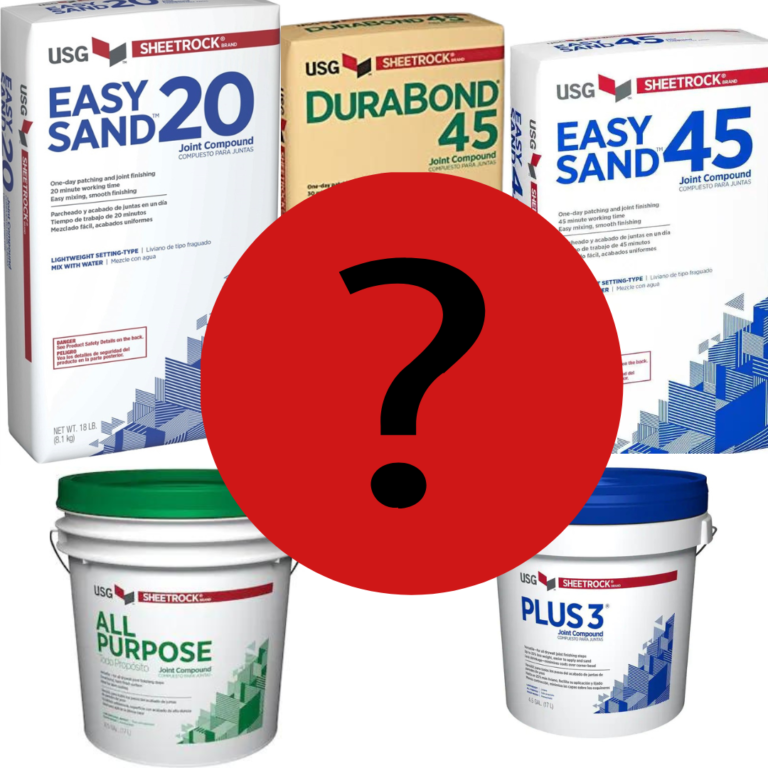Is Drywall Dust Toxic?
In the realm of home improvement and construction, the topic of drywall dust and its potential toxicity often raises concerns. Whether you’re a seasoned DIY enthusiast or a professional contractor, understanding the implications of drywall dust is crucial for safeguarding your health and the well-being of those around you. In this comprehensive article, we will delve into the question, “Is drywall dust toxic?” We’ll take an in-depth look at the composition of drywall, examine the associated health risks, and provide an array of essential safety measures to ensure your projects are completed without compromising your health.
What Is Drywall Made Of?
Drywall, a widely utilized building material, is composed primarily of gypsum, a naturally occurring mineral. The gypsum core is encased between layers of paper, forming a sturdy and versatile construction element. Gypsum itself is not inherently toxic; however, the process of cutting, sanding, or disturbing drywall can release fine particles of dust into the air, potentially leading to health concerns.
Potential Health Risks Of Drywall Dust
The seemingly innocuous drywall dust can pose several risks when not handled with care:
- Respiratory Irritation: Inhaling drywall dust particles can lead to respiratory irritation, causing symptoms such as coughing, sneezing, and nasal congestion. Prolonged exposure may exacerbate existing respiratory conditions.
- Gastrointestinal Discomfort: Accidental ingestion of drywall dust due to poor hygiene practices can result in stomach discomfort. Thoroughly washing hands and surfaces after handling drywall is crucial.
- Eye and Skin Irritation: Direct contact with drywall dust can cause irritation to the eyes and skin, manifesting as redness, itching, or general discomfort.
- Allergic Reactions: Certain individuals may exhibit sensitivity to the components present in drywall dust, potentially triggering allergic reactions and heightened discomfort.
Safety Measures Working With Drywall Dust
To ensure your safety and the safety of those around you during any drywall-related activities, it’s imperative to adopt comprehensive safety measures:
- Personal Protective Equipment (PPE): Utilize appropriate PPE, including dust masks or respirators, safety goggles, and gloves, to establish a barrier against dust particles.
- Enhancing Ventilation: Prioritize well-ventilated workspaces by opening windows or using fans to effectively disperse airborne dust and maintain a healthier environment.
- Dust Dampening: Before engaging in any sanding or cutting of drywall, consider lightly misting the surface with water. This practice dampens the dust, preventing it from becoming airborne and easily inhaled.
- HEPA Filter Integration: Equip power tools with HEPA (High-Efficiency Particulate Air) filters to capture fine particles at the source, preventing their release into the air.
- Containment and Thorough Cleanup: Establish containment areas using plastic sheeting to isolate the work zone. Once the task is completed, focus on meticulous cleaning using damp cloths or mops to minimize dust dispersion.
- Dustless Drywall Sanders: An innovative solution to minimize dust exposure is the use of dustless drywall sanders. These advanced tools are equipped with efficient dust collection systems, significantly reducing the amount of airborne particles generated during sanding activities.
Conclusion
In conclusion, while drywall dust itself may not inherently be toxic, it has the potential to pose health risks when proper safety protocols are overlooked. By gaining insights into the associated health concerns, diligently implementing safety precautions, and prioritizing thorough cleanup practices, you can effectively mitigate the potential hazards linked with drywall dust. Armed with knowledge and a commitment to safety, your home improvement and construction endeavors can be pursued with confidence, resulting in both successful outcomes and the well-being of all involved.






